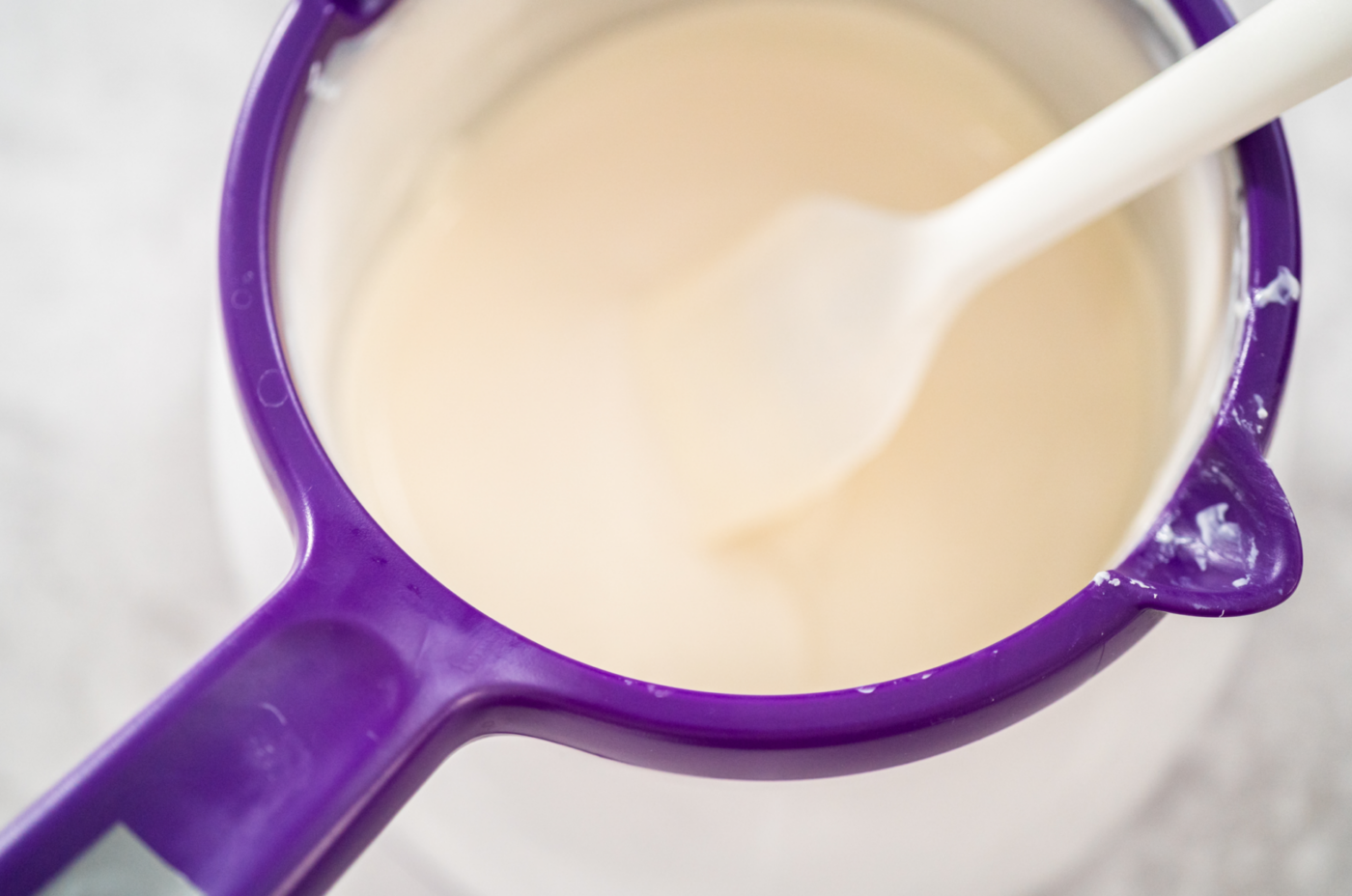Brief History of Evaporated Milk
Evaporated milk was invented in the late 19th century as a way to preserve milk without refrigeration. Gail Borden, Jr., patented the process in 1856, and it quickly became a popular pantry staple. During World War II, evaporated milk played a crucial role in providing essential nutrients to soldiers and civilians alike. Today, it remains a versatile and affordable ingredient enjoyed around the world.
The Unsung Hero of the Pantry: A History of Evaporated Milk
Evaporated milk, that unassuming can tucked away in the back of your pantry, holds a surprisingly rich history. Often overshadowed by its sweeter cousin, condensed milk, evaporated milk has quietly played a vital role in kitchens and cultures around the world for over a century. Let’s dive into the story of this unsung hero of the culinary world.
Early Innovations and the Quest for Preservation
The story begins in the early 19th century, a time when preserving food, especially perishable items like milk, was a major challenge. While techniques like drying and fermenting existed, they often altered the taste and texture of milk significantly. Inventors and scientists were eager to find a way to preserve milk’s natural goodness while extending its shelf life.
Gail Borden Jr. and the Dawn of a New Era
Enter Gail Borden Jr., an American inventor driven by a desire to improve food safety and preservation. In the 1850s, he developed a process for removing about 60% of the water from fresh milk through gentle heating under vacuum. This concentrated the milk, reducing its volume and inhibiting bacterial growth, while retaining much of its nutritional value. Unlike condensed milk, which includes added sugar, Borden’s evaporated milk was unsweetened, offering a more versatile product.
From Civil War Rations to Global Staple
Borden’s invention coincided with the American Civil War, where the need for portable, non-perishable food was paramount. Evaporated milk, with its long shelf life and concentrated nutrition, quickly became a staple ration for soldiers, providing much-needed sustenance on the battlefield.
After the war, evaporated milk’s popularity continued to soar. Its affordability and convenience made it a household staple, especially in areas where fresh milk was scarce or refrigeration unreliable. As global trade expanded, evaporated milk found its way into kitchens around the world, becoming a key ingredient in diverse cuisines.
Culinary Versatility and Cultural Significance
Evaporated milk’s mild flavor and creamy texture make it incredibly versatile. It’s a popular choice for enriching sauces, soups, and desserts. It adds a velvety smoothness to pumpkin pie, a creamy richness to mashed potatoes, and a comforting touch to creamy tomato soup. In many cultures, it’s used to create traditional dishes, from rich curries in Southeast Asia to decadent desserts in Latin America.
A Legacy of Innovation and Accessibility
The story of evaporated milk is a testament to human ingenuity and the ongoing quest for food preservation. What began as a solution to spoilage and nutritional challenges evolved into a culinary workhorse found in kitchens worldwide. Its rich history, global reach, and culinary versatility ensure that evaporated milk will continue to be a pantry staple for generations to come.

Share
Click on the icons below to share "Title of the item to share"